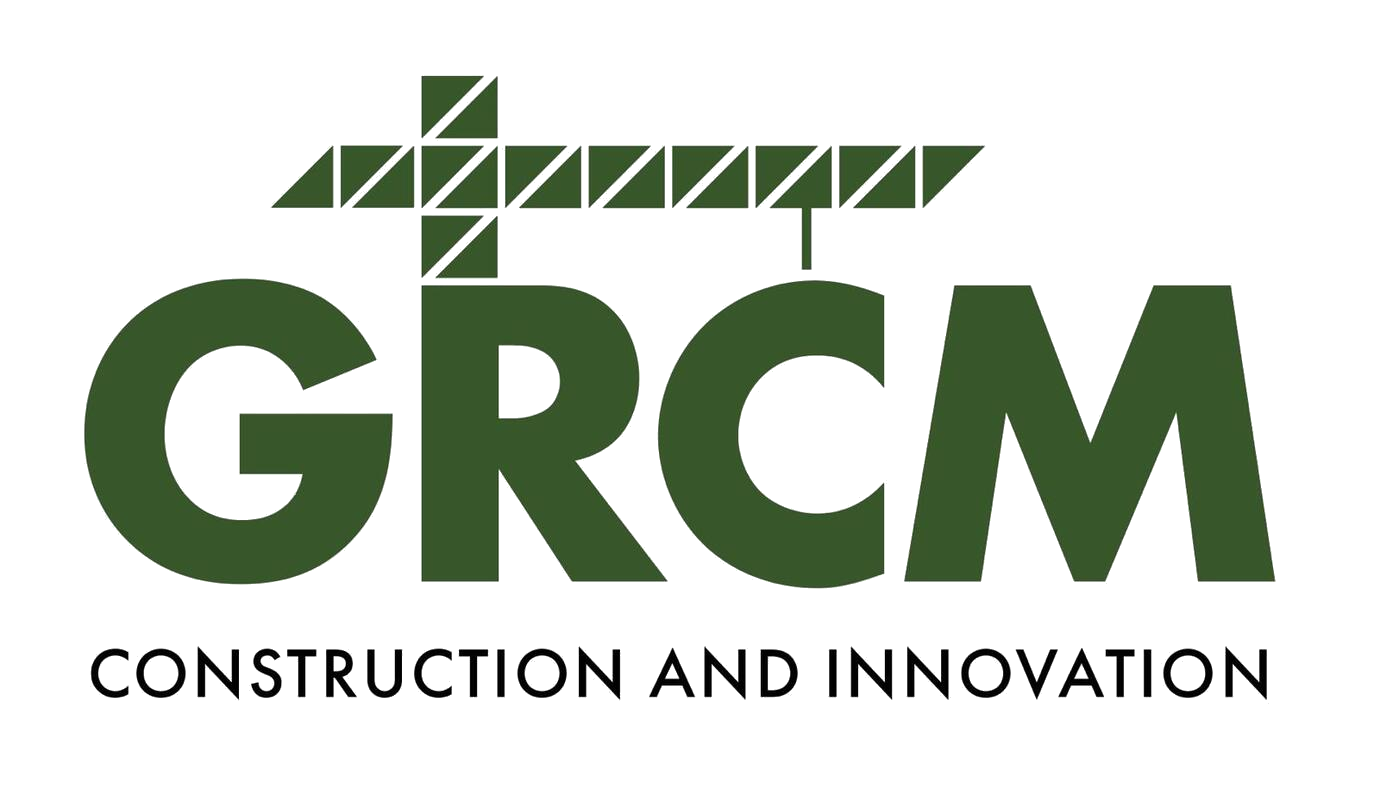The Construction Labor Force in Canada: Addressing Shortages with Immigration
Canada’s construction industry is a vital engine of economic growth, driving infrastructure, housing, and commercial projects across the nation. Yet, it faces a persistent challenge: a shortage of skilled labor that threatens to slow progress. With 81,000 unfilled construction jobs reported by Statistics Canada in 2024 and an aging workforce nearing retirement, the industry is at a crossroads. Immigration has emerged as a critical solution, bringing skilled workers to fill gaps and fuel growth. This post explores the state of the construction labor force in Canada, the factors driving shortages, and how immigrant workers are reshaping the industry, with an addendum on their unique contributions.
The State of the Construction Labor Force
The construction sector employs over 1.5 million Canadians, representing about 7% of the national workforce. In 2024, the industry saw robust activity, with 299,589 housing starts in September and a 3% rise in building permits, signaling sustained demand. However, labor shortages remain a bottleneck. BuildForce Canada projects that 300,000 workers—nearly 20% of the current workforce—will retire by 2030, while demand for skilled trades like carpenters, electricians, and pipefitters continues to outpace supply.
Several factors contribute to this crunch:
- Aging Workforce: The average age of construction workers is 42, with many nearing retirement. Fewer young Canadians are entering trades, creating a demographic gap.
- Regional Disparities: Urban centers like Toronto and Vancouver face acute shortages due to high project volumes, while rural areas struggle to attract workers.
- Material Cost Pressures: Rising prices for concrete (up 8% in 2024), steel ($1,200–$1,500 per metric ton), and lumber ($500–$600 per thousand board feet) force contractors to optimize labor efficiency, amplifying the need for skilled workers.
- Training Bottlenecks: While apprenticeship programs are expanding, completion rates remain low, with only 30% of apprentices earning their Red Seal certification within five years.
These challenges have pushed wages higher—carpenters in Toronto earn 10–20% more than in smaller markets like Winnipeg—but higher pay alone isn’t enough to close the gap. The industry needs a steady influx of talent to sustain growth.
The Role of Immigration in Construction
Canada’s immigration system, targeting 500,000 newcomers annually, is a lifeline for the construction sector. Immigrant workers, particularly those with skilled trades experience, are helping to address labor shortages and bring diverse expertise to projects. In 2024, approximately 20% of construction workers in Canada were foreign-born, with higher concentrations in urban hubs like Toronto, where construction costs and demand are elevated.
Programs like the Temporary Foreign Worker Program (TFWP) and Express Entry prioritize skilled trades, allowing workers in occupations like welding or masonry to gain permanent residency. The Provincial Nominee Program (PNP) also targets construction workers for provinces with acute needs, such as Ontario and British Columbia. These pathways have made construction one of the top industries for immigrant employment.
Challenges Facing the Labor Force
Despite immigration’s benefits, the labor force faces hurdles:
- Credential Recognition: Foreign-trained workers often face delays in having their qualifications recognized, forcing some into low-skill roles despite advanced expertise.
- Integration Barriers: Language barriers and cultural differences can complicate workplace integration, particularly on safety-critical sites.
- Housing Pressures: In high-cost cities like Toronto, where construction costs per square foot reach $400, affordable housing for workers is scarce, deterring relocation.
- Discrimination: Some immigrant workers report workplace bias, which can affect retention in an industry already struggling to keep talent.
Addressing these challenges requires collaboration between employers, governments, and unions to streamline credentialing, provide language training, and foster inclusive workplaces.
Strategies to Strengthen the Labor Force
To maximize the potential of the construction workforce, including immigrant contributions, stakeholders can adopt several strategies:
- Expand Apprenticeship Programs: Increase funding for initiatives like the Canadian Apprenticeship Strategy to train both domestic and immigrant workers, with a focus on high-demand trades.
- Streamline Credential Recognition: Fast-track foreign credential assessments to allow skilled immigrants to work at their qualification level sooner.
- Leverage Technology: Use project management software and modular construction to optimize labor use, reducing strain on a limited workforce.
- Promote Diversity: Encourage more women and underrepresented groups to enter trades, building on the 5% female participation rate in 2024.
- Offer Relocation Incentives: Provide housing subsidies or signing bonuses to attract workers to high-demand regions like Alberta or Ontario.
Addendum: The Impact of Immigrant Workers
Immigrant workers are not just filling gaps—they’re transforming Canada’s construction landscape. Beyond their technical skills, they bring unique perspectives and resilience, often taking on challenging roles in remote or high-risk projects. For example, Filipino welders and Indian carpenters have become integral to major infrastructure projects like Ontario’s Bruce Nuclear Generating Station and British Columbia’s transit expansions.
Immigrants also drive innovation. Many bring experience with advanced techniques, such as modular construction or sustainable building practices, aligning with Canada’s Green Building Strategy. In Toronto, where 50% of the population is foreign-born, immigrant workers have been pivotal in high-rise developments, contributing to the city’s skyline while navigating its high material and labor costs.
However, their impact extends beyond economics. Immigrant workers enrich workplace diversity, fostering cross-cultural collaboration that enhances team dynamics. Success stories, like Syrian refugees becoming certified electricians through Ontario’s bridging programs, highlight the potential of targeted immigration policies.
To fully harness this talent pool, Canada must address systemic barriers. For instance, expediting work permits through the TFWP can reduce wait times, which often exceed six months. Partnerships with community organizations can also provide settlement support, helping workers secure housing and integrate into communities. In 2024, programs like these enabled 15,000 temporary workers to transition to permanent residency, many in construction.
Conclusion
The construction labor force in Canada is at a pivotal moment. With retirements looming and demand surging, the industry must act swiftly to address shortages. Immigration is a cornerstone of this strategy, offering a sustainable solution to workforce gaps while enriching the sector with diverse skills and perspectives. By investing in training, streamlining credential recognition, and fostering inclusive workplaces, Canada can build a resilient labor force capable of meeting its ambitious housing and infrastructure goals.
For contractors, policymakers, and workers, the message is clear: embracing immigration isn’t just about filling jobs—it’s about building a stronger, more dynamic construction industry for the future. As material costs fluctuate and projects grow in complexity, immigrant workers will remain essential to keeping Canada’s construction engine running.
GRCM is a trusted leader in construction, delivering innovative solutions for every project. With over 10 years of expertise, we specialize in general construction, commercial fit-outs, and consultancy.
Contact
- (647) 572-3913
- info@grcmcorp.com
2025 GRCM Corp. Website design by MJSoft




